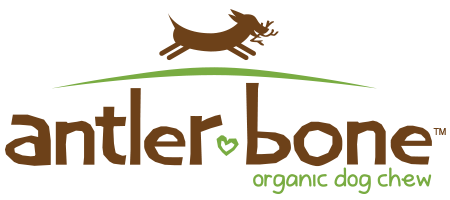Heading out into the great outdoors with the goal to hunt for shed antlers can be an exciting and rewarding adventure. Some people do it for recreation and others do it with commercial interests in mind, —like antler dog chews. If you're wanting to test your luck at finding sheds, here are a few tips to help improve your odds.
Deer and Elk lose their antlers once a year so they can grow new, usually larger antlers. When you see a deer with the soft, furry antlers, those are known as "velvet" antlers. Deer start growing their velvet antler immediately after shedding their previous antlers.
There is no denying that the the most important factor in having a successful shed hunt is the time of year you go. Most deer shed their antlers between the months of December and March, so as you might expect, this is the ideal time to go. If you go looking for shed antlers too late in the year, there's a chance that the shed antlers will be damaged or eaten by squirrels and rodents.
So where is the best place to look? Easy, where ever the deer are. You can look for signs of deer (bucks especially) such as antler scrapings, droppings, tree rubs, and even deer themselves. Hopefully this will give you an idea on the number and sizes of the bucks in the area.
Another effective way to track deer is by following trails. Game animals will tend to stay on trails by habit, so by following a trail you have a good chance of coming across some shed antlers. Most important, keep your eyes open. Look not only at the ground, but also at eye level in the trees and branches. It is not uncommon for bucks to lose their antlers in branches when running down a trail.
Another great place to look is at a water source. You have to realize that deer will lose their antlers just about anywhere. There's really no set rule as to where you can find antlers, but start with places where deer are likely to be.
Some antler hunters even use dogs to find them. We all know that their sense of smell is superior to humans, and in turn can find more than what you and I could alone.
Most important, have fun!
